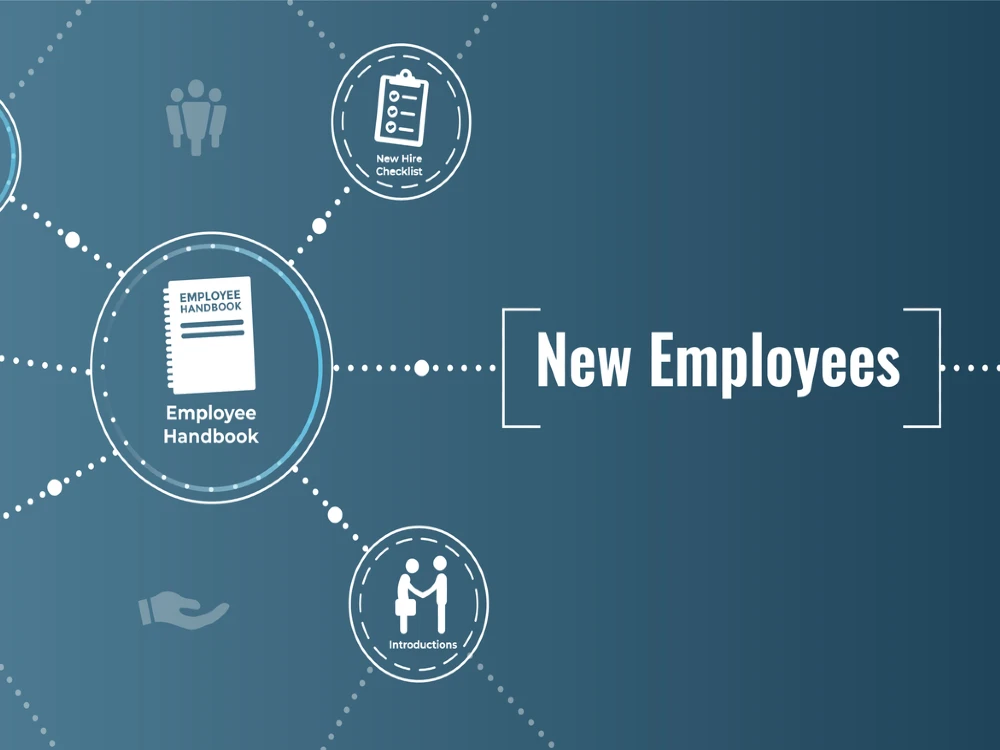No safety manager sets out to repeat the same violation twice, but it happens more often than anyone likes to admit. And while first-time violations usually point to a gap in training or communication, repeat violations tell a different story: something in the system isn’t sticking.
Maybe workers were trained once, but never reinforced. Maybe procedures live in a binder no one opens. Maybe complacency has crept in after months of “routine” work. Or maybe supervisors assume their crews remember things they were told a year ago.
Whatever the cause, repeat violations have a way of multiplying risk, frustration, and cost. The good news? They’re also highly preventable with the right proactive approach.
Let’s break down why repeat violations happen, and how to stop them before they start.
Why Repeat Violations Happen (Even on Well-Run Sites)
Most crews aren’t aiming to violate safety rules – after all, there’s work to be done. But jobsite environments make these violations convenient, and easy:
- Training fades over time. Even well-intentioned workers forget details if they aren’t reinforced.
- “Normal” becomes dangerous. When shortcuts become routine, workers stop noticing that they’re unsafe.
- Supervisors assume competence. Tenured workers can be the most at risk, but confidence is not the same as consistency.
- Hazard conditions change. New equipment, new subs, or new project phases introduce new risks.
- Safety messaging fizzles out. If workers haven’t heard from leadership lately, safety slips from top-of-mind.
It’s easy to take offense of repeat violations, or view as small rebellions against current management; but repeat violations aren’t a sign that workers don’t care, but that the system needs to evolve.
The Real Cost of Repeat Violations
A single violation is a warning. A repeat violation is a pattern; and patterns can get expensive:
- Fines increase.
- Insurance rates rise.
- Incidents become more likely (often in predictable ways).
- Supervisors spend more time coaching, correcting, and documenting.
- Project timelines slip due to rework, shutdowns, or investigations.
- This can cascade further, as customers will hire firms that are reliable.
The longer repeat violations go unchecked, the more they drain a company’s time, budget, and trust.

A Proactive Approach Starts With Better Visibility
You can’t fix what you can’t see. Repeat violations often stem from gaps in jobsite visibility, where behavioral information isn’t making it to the right people fast enough.
Start with:
1. Regular Safety Observations
Accompany your on-site Health and Safety Officers on short, intentional walk-arounds, and take notes on:
- Good behaviors
- Unsafe habits
- Near misses
- Common shortcuts
Patterns show up quickly, and often before a violation happens again.

2. Near-Miss Reporting
Repeat violations often start as “almost” incidents. While everyone can be grateful this time around, new staff can’t rely on non-standard procedures, and existing staff shouldn’t have to. Encouraging near-miss reporting (and rewarding it) helps you catch hazards before they escalate.
3. Training Records That Are Actually Usable
If you can’t immediately tell who’s overdue for training, or which roles have the highest gaps, you’re operating reactively. A simple dashboard can prevent months of backtracking.
Reinforcing Training Before It Wears Off
Even the best training decays without reinforcement. To prevent repeat violations, you need a system that continuously refreshes knowledge, especially on high-risk tasks.
Here’s what effective reinforcement looks like:

Short, role-specific refreshers
Instead of long annual re-training, use:
- 3–5 minute micro-lessons
- Task-specific refreshers before new project phases
- Quick video reminders tied to common violations
These take little time and keep safety top-of-mind.
Just-in-time training

Before a crew starts a task with a history of violations, push a targeted refresher.
Think “pre-task training” for recurring hazards.
Follow-up coaching
Supervisors should check in shortly after training:
- “Are you feeling up to the task today?”
- “Anything unclear about the procedure?”
These conversations surface small misunderstandings before they cause big problems.
Fix the System, Not the Worker
If multiple workers repeat the same violation, it’s not a people problem: it’s a system problem.
Look for systemic causes:
- Are procedures unclear or outdated?
- Is the equipment difficult to use safely?
- Is PPE unavailable or inconvenient?
- Are deadlines pushing workers into unsafe shortcuts?
- Is there a disconnect between office policy and field reality?
A proactive safety culture aims to remove friction, not just enforce rules.
Use Data to Drive Prevention, Not Just Documentation
Compliance logs shouldn’t be something you dust off during audits. They should tell you:
- Which violations happen most often
- Which roles or tasks are at highest risk
- Which training modules aren’t sticking
- Where refresher training is overdue
- Where supervisors need more support
When data is centralized, leaders can take action before violations recur.
Build a Culture Where Safety Is Everyone’s Job
Policies and training matter, but culture determines consistency.
You prevent repeat violations when:
- Workers feel comfortable speaking up
- Supervisors model safe behavior
- Crews hold each other accountable
- Leadership communicates safety priorities regularly
- Safety wins are recognized, not just safety failures
In a strong safety culture, repeating a violation feels as off-limits as skipping a paycheck.
Putting It All Together
Avoiding repeat violations isn’t about working harder; it’s about working smarter:
- Make safety visible every day
- Reinforce training before it fades
- Use data to predict risks
- Fix systemic issues that drive unsafe behavior
- Support supervisors with easy-to-use tools
- Create a culture where people feel responsible for each other
When you take a proactive approach, violations don’t have to be surprises, and can be preventable.